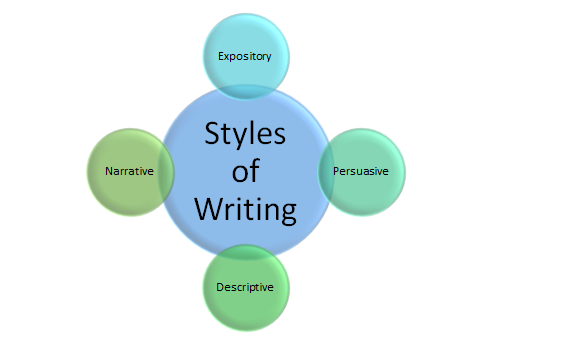What is a writer’s style? Style is the way in which a writer expresses thought using language. It varies from person to person and may be a reflection of a period, school, or nation. A writer’s style may be expository, narrative, persuasive, or epistolary. Read on to learn more about these different styles and what they mean. You might even be surprised! Listed below are some examples of each style.
Expository writing
A writer’s style is defined by his or her choice of words, syntax, and tone. It’s also known as the writer’s “voice.” An expository writer writes on a topic that is completely logical and is focused on facts and evidence to inform readers. This style is best used in nonfiction texts such as textbooks and how-to articles. Here are some common expository writing styles:
Expository writing is the most common form of writing. It’s a style that aims to inform readers by explaining something in a clear and concise way. The structure of this style makes it easy to follow, and it often involves providing evidence that substantiates the author’s claims. Whether the evidence is factual, statistical, or anecdotal, the information should have a clear connection with the writer’s thesis statement.
Narrative writing
If you’re a struggling writer and want to improve your style, consider learning to write narratives. Narratives are stories, and they can be both real and fictional. The key to a successful narrative is to present the story in a manner that will draw the reader in and hold their interest. While they don’t necessarily have to happen in chronological order, they should still capture the reader’s attention.
Narrative writing focuses on developing a character’s story and revealing their personality. Narratives include short stories, novels, speeches, creative essays, memoirs, and personal stories. Narratives require great imagination on the part of the writer. Descriptive writing, on the other hand, focuses on describing people, events, and places. Both narrative and descriptive writing have their own advantages and disadvantages.
Persuasive writing
Persuasive writing is a type of written communication that is intended to persuade or influence the reader. There are many different types of persuasive writing, each of which is aimed at a different audience and purpose. Let’s take a look at some of the different types of persuasive writing and how they are used in different fields. To begin, you need to define what persuasive writing is. The main goal of persuasive writing is to influence the reader.
In persuasive writing, the goal is to persuade the reader that the writer’s argument is correct. The writer must develop a compelling argument and close with a call-to-action to make the reader change his or her mind. Before you can begin writing persuasively, you need to know “who” your audience is. Because the audience you’re targeting is different from your own, your arguments will be different. However, personas will help you identify common issues and objections among your audience.
Epistolary writing
Epistolary writing is a type of novel where the main plot is laced in the details of letters. This style allows multiple characters to change point of view. A favorite epistolary novel is the Guernsey Literary and Potato Peel Pie Society by Annie Barrows and Mary Ann Shaffer, which features letters from many characters. The plot follows the actions of the various characters and spans several continents.
The best epistolary novels use different forms of writing. Some use letters and diary entries while others make use of newspaper clippings to help the reader understand the story and the events that weren’t directly observed by the characters. A classic example of epistolary writing is Bram Stoker’s “Dracula.”

